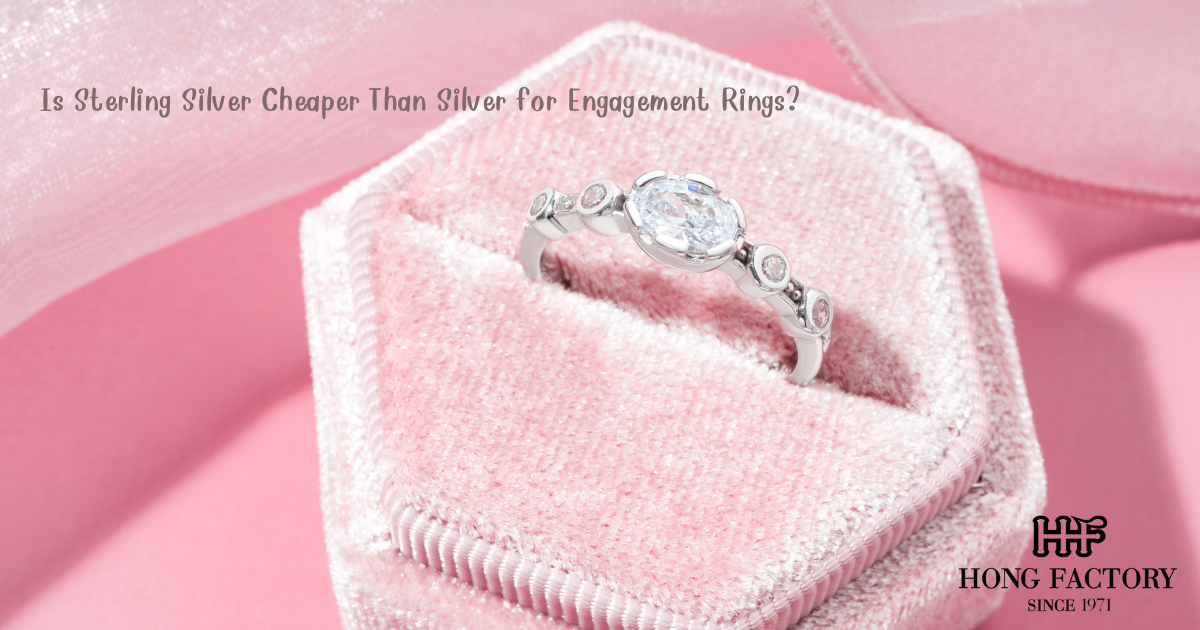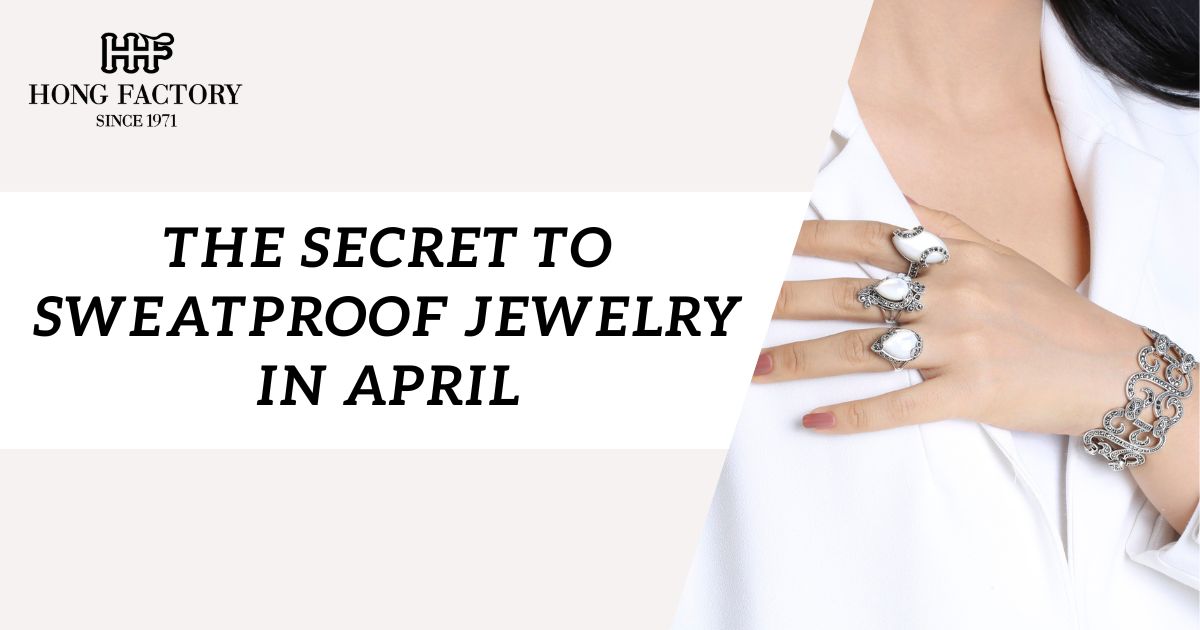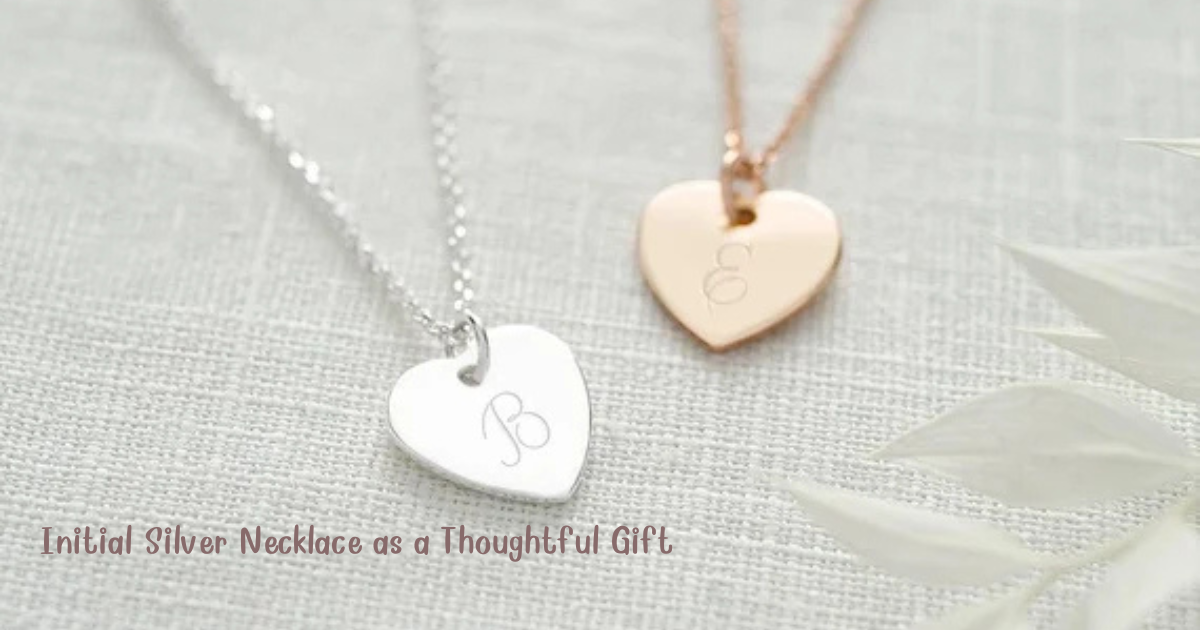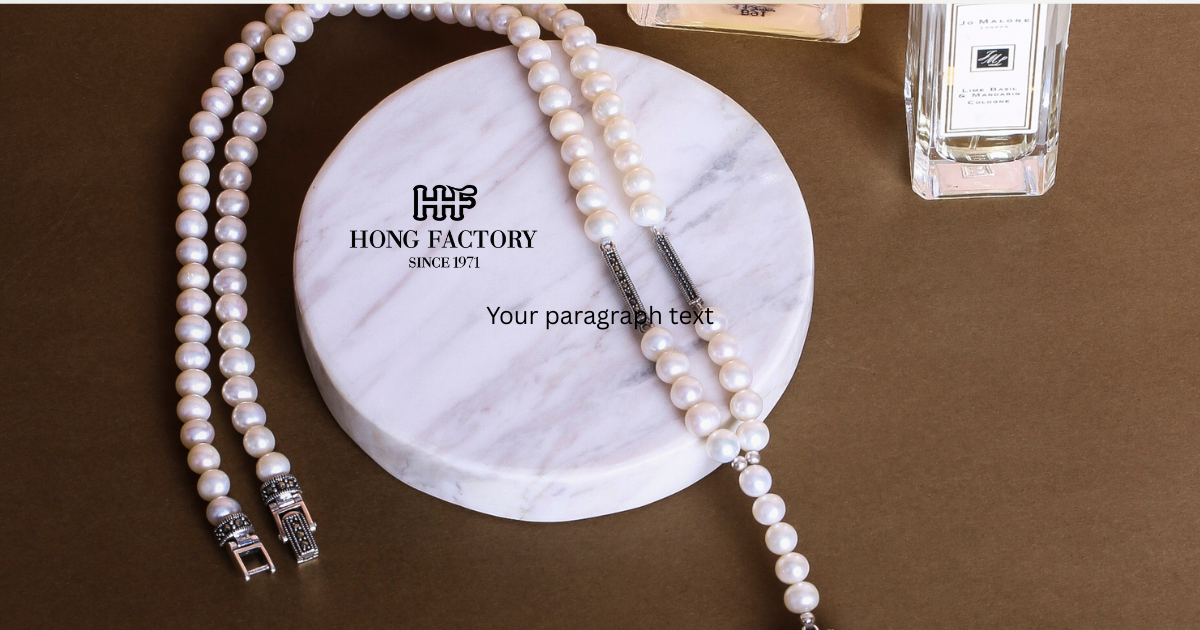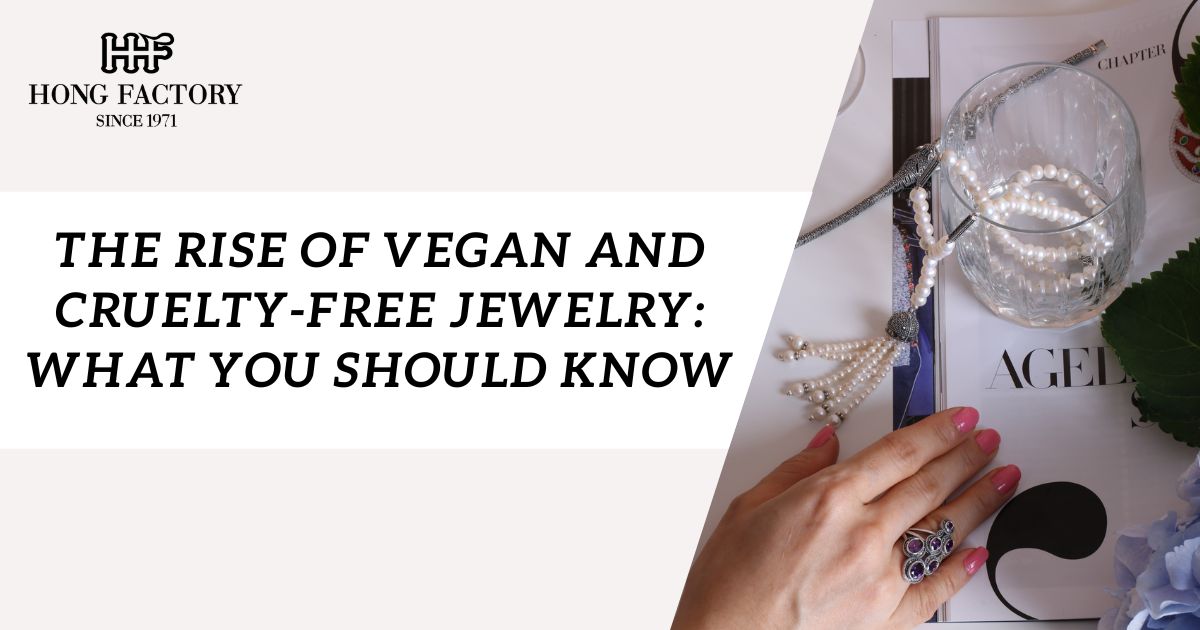When it comes to choosing the perfect metal for engagement rings, silver remains one of the most timeless and elegant options. Its bright luster, affordability, and classic beauty have made it a favorite among jewelry lovers for centuries.
However, not all silver is the same and when shopping for engagement rings, one common question arises: is sterling silver cheaper than pure silver? The answer depends on the metal’s composition, purpose, and how it performs in long-term wear. marcasite stone
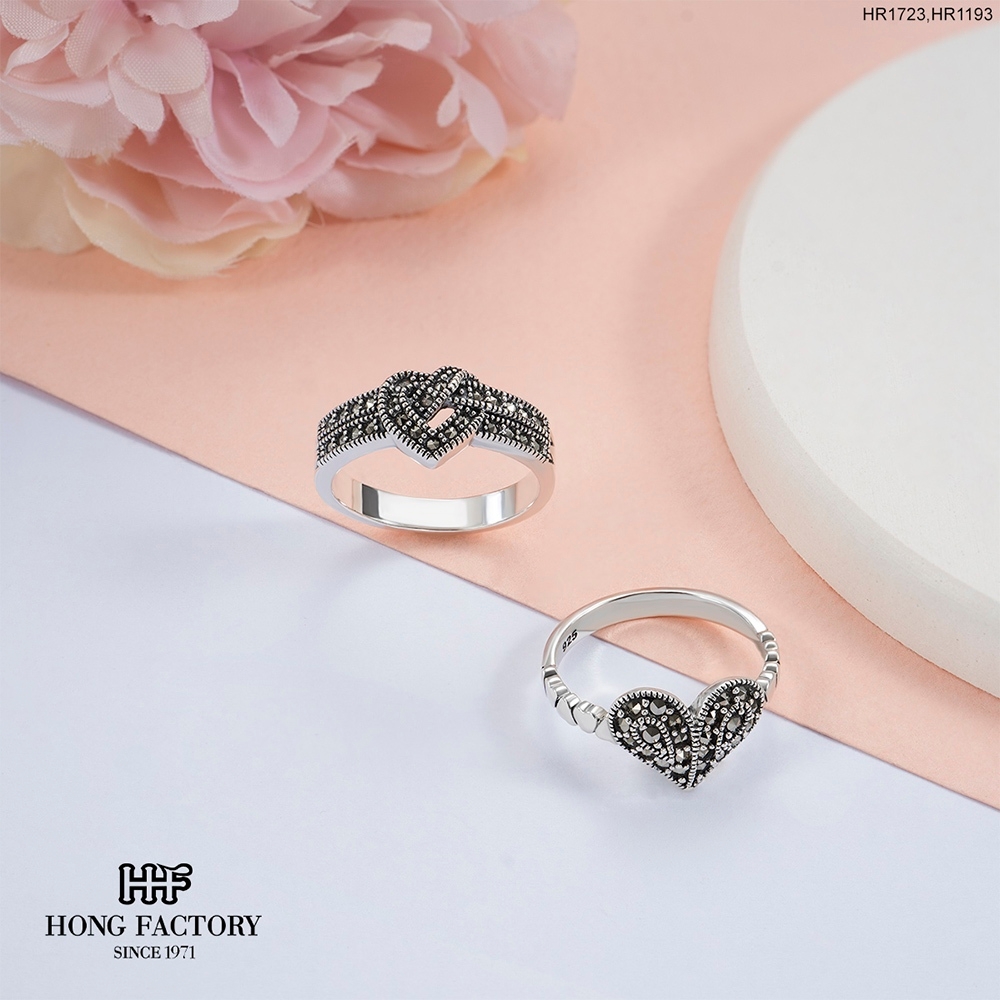
Understanding Sterling Silver and Pure Silver
Before comparing costs, it’s important to know the difference between sterling silver and pure silver. Pure silver, also known as fine silver, is 99.9% silver. It has a dazzling, mirror-like finish and is extremely soft and malleable. Because of its softness, fine silver is rarely used for engagement rings or daily-wear jewelry.
Sterling silver, on the other hand, is an alloy made up of 92.5% silver and 7.5% copper (or other strengthening metals). This small addition gives sterling silver its durability, making it more suitable for rings that are worn every day. The blend retains silver’s bright appearance while offering more resistance to scratches, dents, and bending.
Is Sterling Silver Cheaper for Engagement Rings?
So, Is Sterling Silver Cheaper than fine silver for engagement rings? The answer is yes, and for good reasons. Sterling silver is less pure and therefore less expensive to produce. Its alloyed composition also makes it easier for jewelers to work with, which reduces manufacturing costs. This cost efficiency allows jewelers to create stunning, durable engagement rings without compromising on style or shine.
In wholesale markets and retail stores, sterling silver engagement rings are typically priced much lower than those made with pure silver or other precious metals like gold and platinum. The affordability of sterling silver makes it a popular choice for couples who want elegant, meaningful rings without spending a fortune.
Why Jewelers Prefer Sterling Silver for Engagement Rings
- Durability and Strength: Engagement rings are worn daily and exposed to various activities. Sterling silver’s copper content provides the hardness needed to maintain shape and hold gemstones securely.
- Affordability: The lower cost of sterling silver allows jewelers to offer beautiful designs at accessible prices. This is particularly attractive to younger buyers or couples on a budget.
- Workability: Sterling silver is easy to engrave, polish, and set with stones, making it a jeweler’s favorite for creating intricate designs.
- Luxurious Appearance: Even though it’s more affordable, sterling silver offers a bright white finish that resembles white gold or platinum, making it perfect for engagement jewelry.
These qualities make sterling silver not only cheaper but also more practical for engagement rings than fine silver.
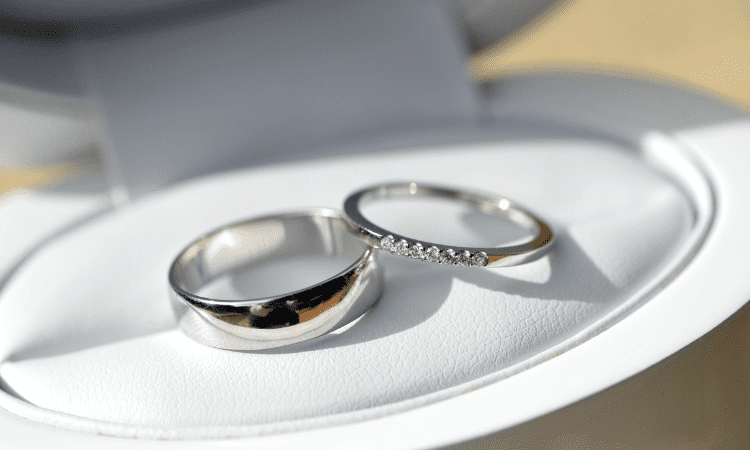
The Role of Fine Silver in Engagement Jewelry
Fine silver is primarily used for collectible or luxury jewelry rather than for engagement rings. While its purity is higher, its softness means it can bend or lose shape over time not ideal for rings meant to symbolize lifelong commitment. Jewelers may use fine silver for decorative parts of a ring or for artistic statement pieces, but rarely for the band or prongs holding gemstones.
Moreover, because fine silver is more expensive and delicate, it requires more careful maintenance, which can be inconvenient for everyday wear.
Comparing the Two in Terms of Value
In terms of material cost, fine silver always trades at a higher price per gram due to its 99.9% purity. However, engagement rings are not valued solely by metal purity. Factors such as design, craftsmanship, brand, and gemstone selection play a much greater role in determining their retail price.
For most customers, the balance between cost, durability, and visual appeal is what makes sterling silver the smarter investment. It provides the same elegant look as pure silver while remaining more affordable and resilient.
Tarnish and Maintenance Considerations
One common concern with silver rings is tarnish. Sterling silver can tarnish faster than fine silver due to its copper content. However, regular cleaning and proper storage can easily prevent this. Many high-end sterling silver engagement rings are coated with rhodium the same metal used to plate white gold to increase shine and resistance to oxidation.
Fine silver, while more resistant to tarnish, still requires gentle handling to avoid deformation. For engagement rings that are worn every day, sterling silver’s balance of strength and beauty outweighs the minimal advantage of fine silver’s tarnish resistance.
Popularity of Sterling Silver in Modern Engagement Jewelry
Today, sterling silver engagement rings are among the most popular alternatives to gold and platinum. Many contemporary jewelers design sterling silver settings for gemstones like moissanite, cubic zirconia, and even diamonds. The affordability of sterling silver allows couples to allocate more of their budget toward gemstone quality or customization.
Additionally, sterling silver aligns with the growing trend of ethical and sustainable jewelry. Many brands now use recycled sterling silver, appealing to eco-conscious buyers who value both beauty and responsibility.

Why Sterling Silver Is the Smart Choice
Choosing sterling silver for engagement rings doesn’t mean compromising on quality. Instead, it means prioritizing durability, affordability, and design flexibility. With proper care, a sterling silver engagement ring can last for decades while maintaining its brilliance.
For those seeking a meaningful symbol of love without overspending, sterling silver provides the ideal solution: timeless, elegant, and enduring.
Affordable Elegance for Every Love Story
So, Is Sterling Silver Cheaper Than Silver for Engagement Rings? Absolutely. Sterling silver offers an exceptional balance of cost, beauty, and practicality, making it the preferred choice for jewelers and buyers alike. While fine silver has its place in luxury and collectible markets, it simply cannot match sterling silver’s affordability and durability for daily wear.
In the world of engagement rings, sterling silver shines as the metal of modern romance elegant enough for special moments, strong enough for a lifetime.
